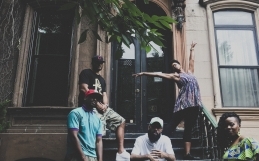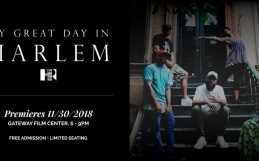Take a trip to the Ohio History Center this spring and summer to learn about one Columbus’ most historic, black neighborhoods. The Poindexter Village: A Portrait In Stories series goes until September 2nd. The Ohio History Center is located at I-71 & 17th Avenue (Exit 111), Columbus, OH 43211. Their hours of operation are Weds.–Sun. • 10 a.m.–5 p.m.
(The following excerpt was taken from OhioHistory.Org)
During the 40-year period of the Great Migration (1900s–1940s) African Americans moved from the South to the North to escape Jim Crow era infringements and pursue greater political, economic and social opportunities. In Columbus, each decade witnessed growth in the size of its black population, resulting in changing demographics throughout the city.
In 1940, Columbus Metropolitan Housing Authority (CMHA), with the United States Housing Authority (USHA), developed 426 dwelling units in 33 buildings to provide decent housing for blacks in Columbus, Ohio, replacing an area known as the “Blackberry Patch” on the East Side. The development was named for pastor and activist, Rev. James P. Poindexter. Its residents would be proud, aspiring and secure in bright and modern abodes. Many who forged paths north to Columbus during the Great Migration would find their dreams realized at Poindexter Village.
Over the next 70 years the Near East Side was affected by construction of the Interstate Highway system, urban flight and housing and employment opportunities offered by integration. Within Poindexter Village, conditions deteriorated. Despite capital improvements, minor repairs were generally halted, security became problematic and the homes of Poindexter were targeted for demolition and redevelopment.
The exhibit Poindexter Village: A Portrait in Stories at the Ohio History Center is funded in part by the Gordon Chandler Memorial Fund of The Columbus Foundation.








